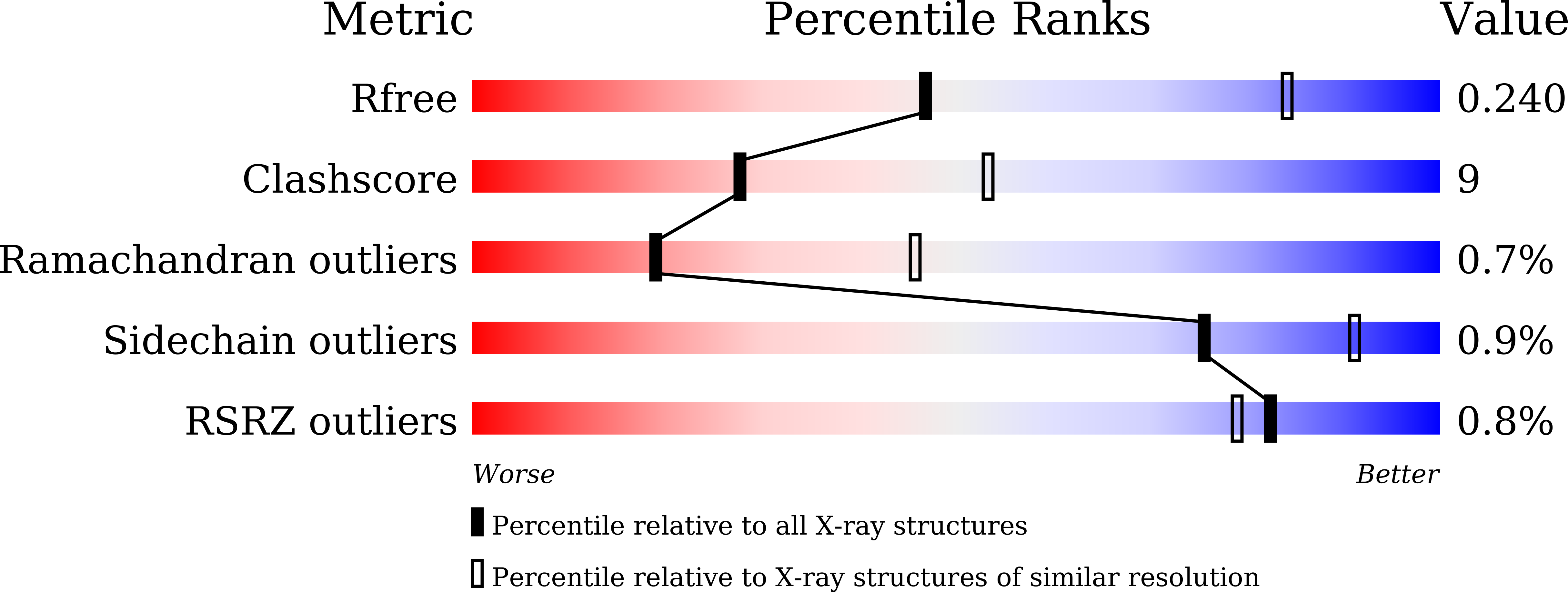
Deposition Date
2024-10-17
Release Date
2025-03-19
Last Version Date
2025-03-19
Entry Detail
PDB ID:
9K2J
Keywords:
Title:
X-ray crystal structure of 3-hydroxyisobutyrate dehydrogenase
Biological Source:
Source Organism:
Desulfovibrio sp. (Taxon ID: 885)
Host Organism:
Method Details:
Experimental Method:
Resolution:
2.88 Å
R-Value Free:
0.24
R-Value Work:
0.20
R-Value Observed:
0.20
Space Group:
I 41 2 2


